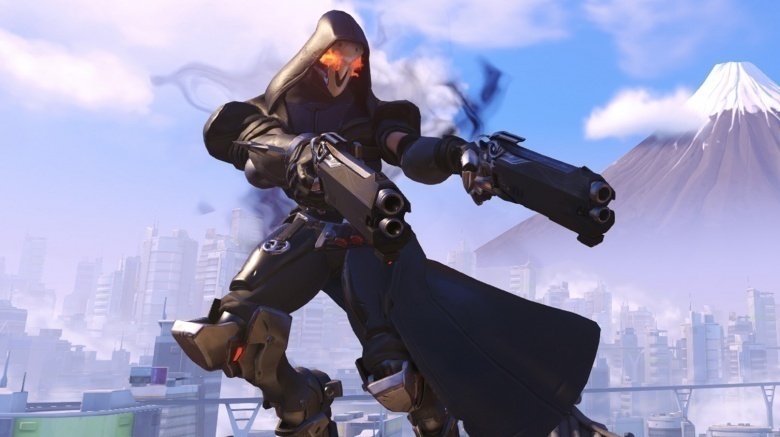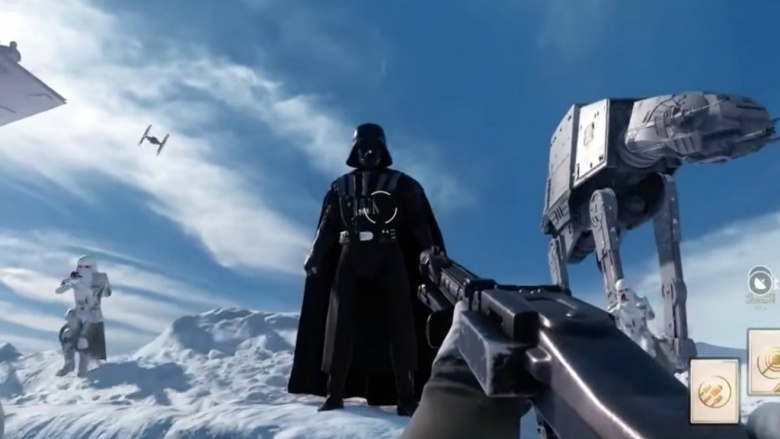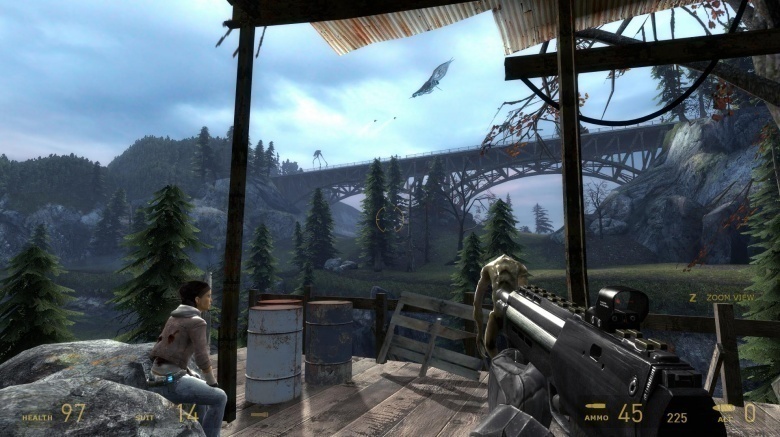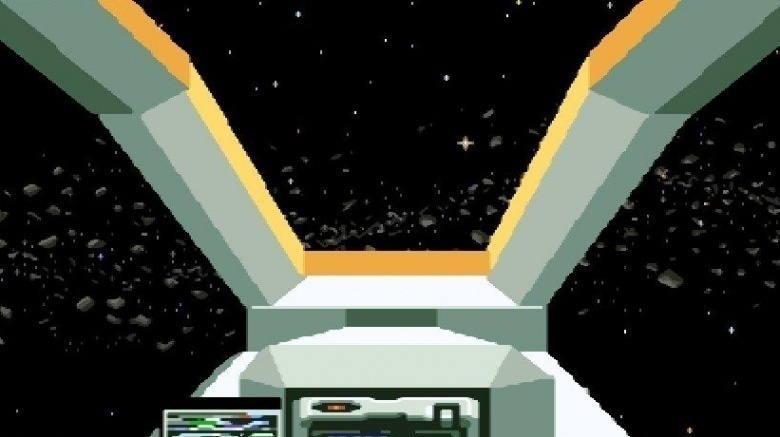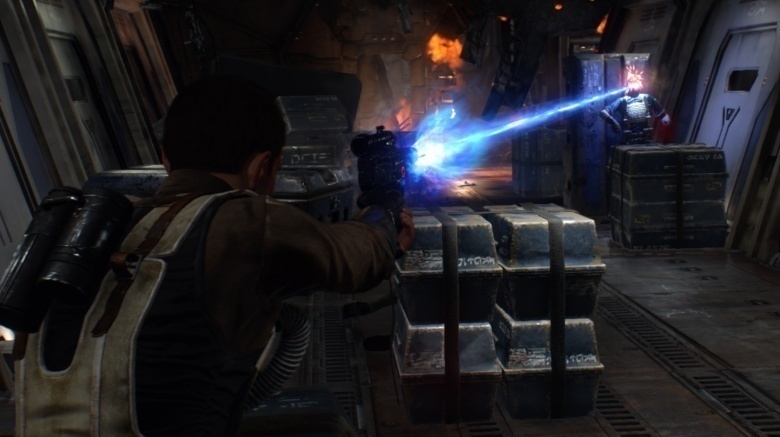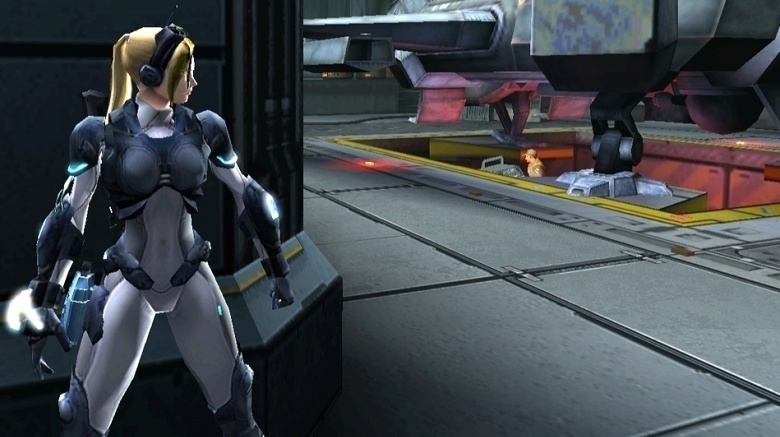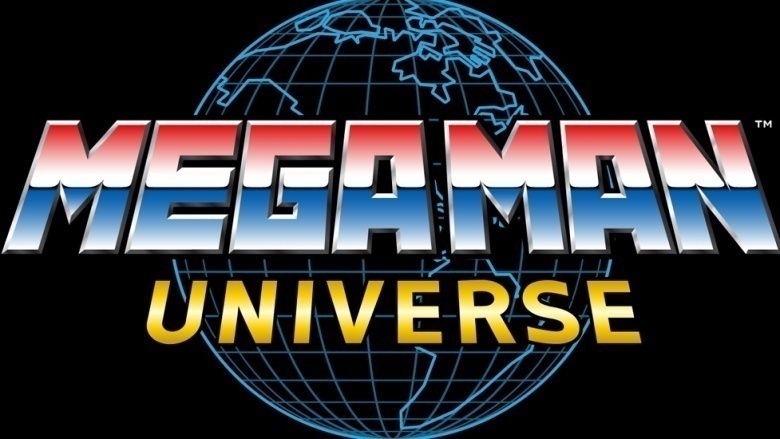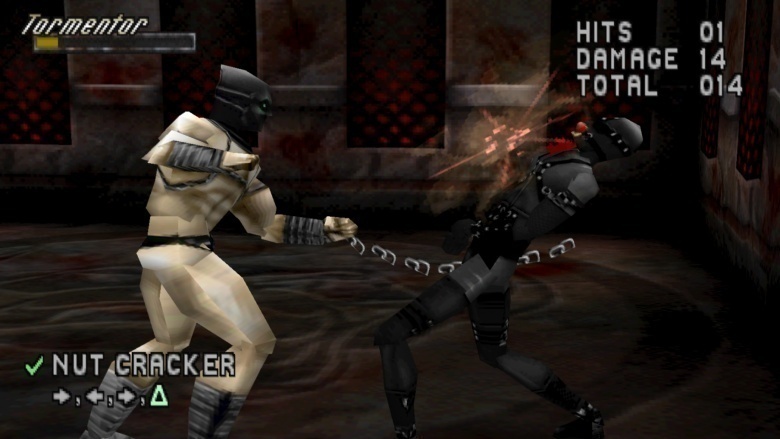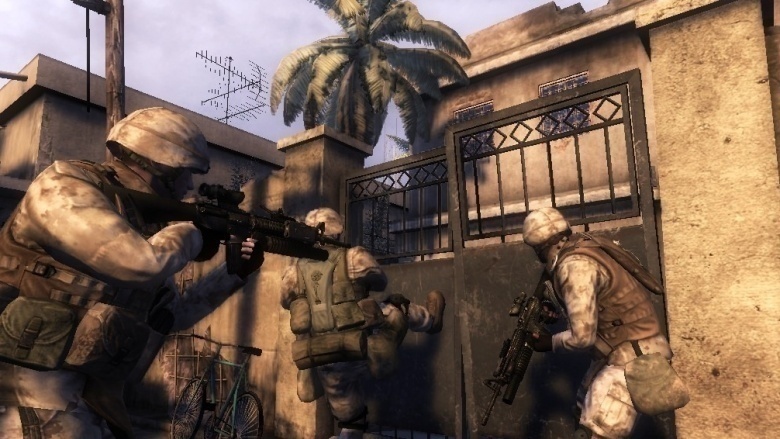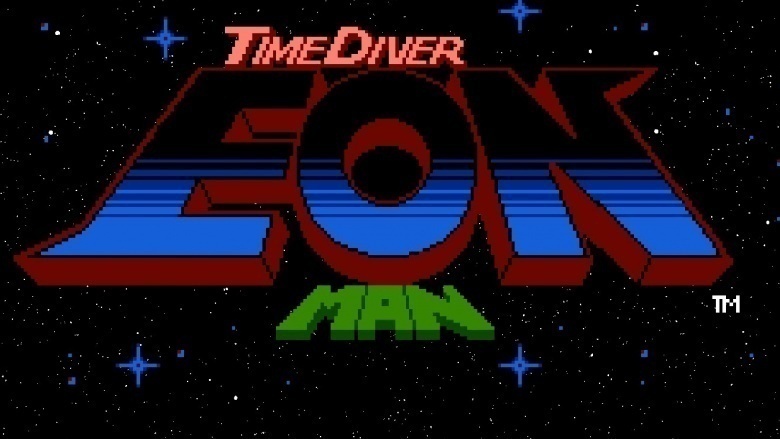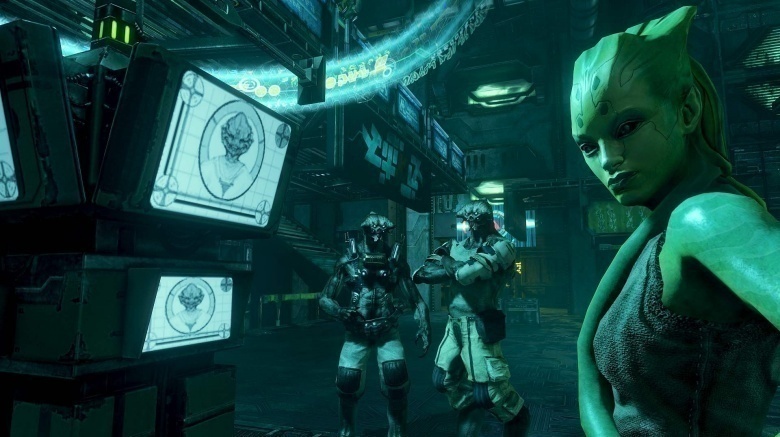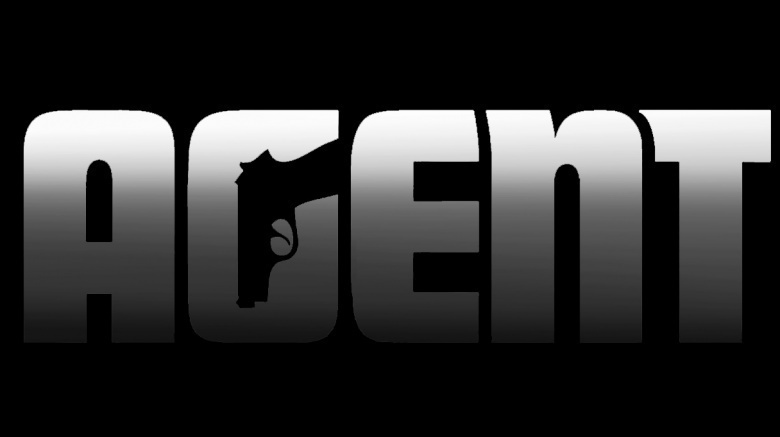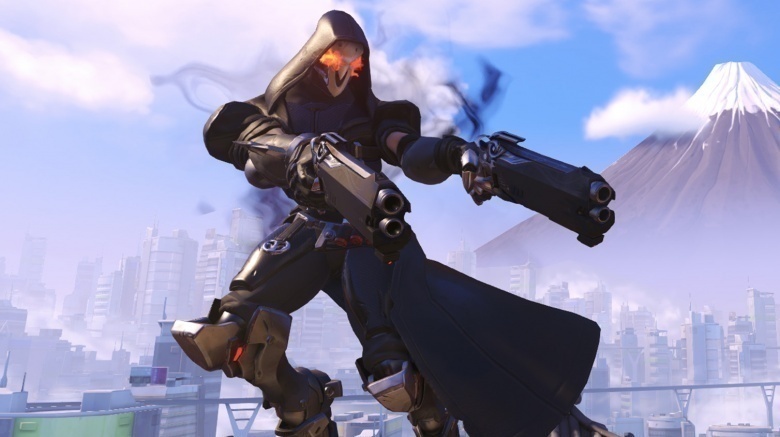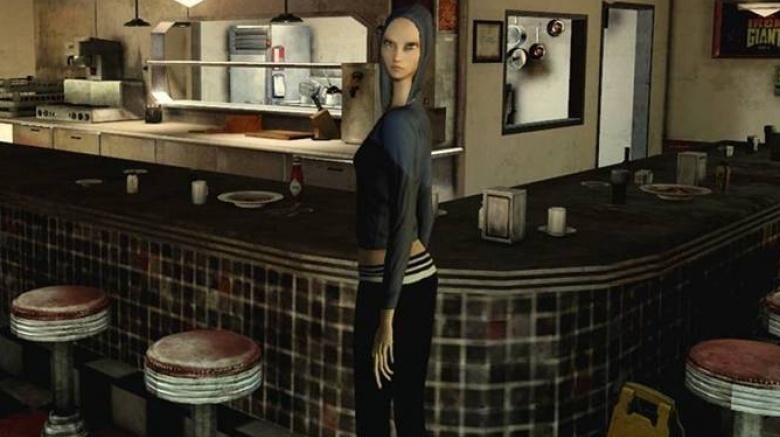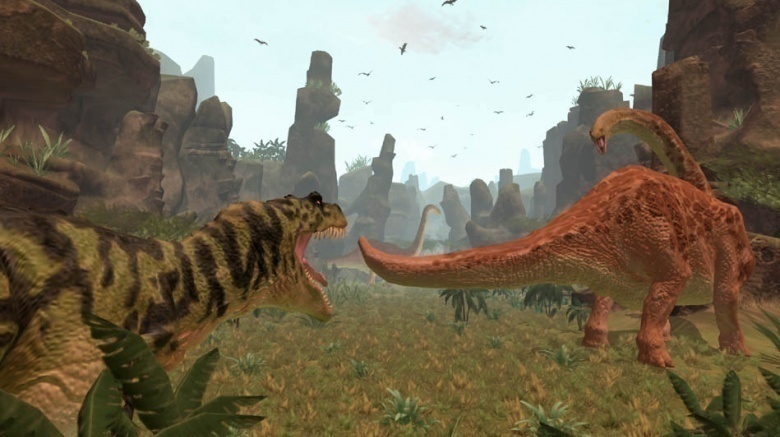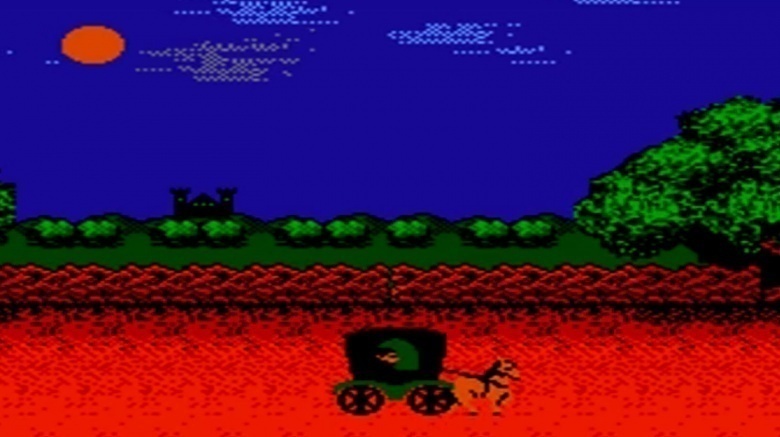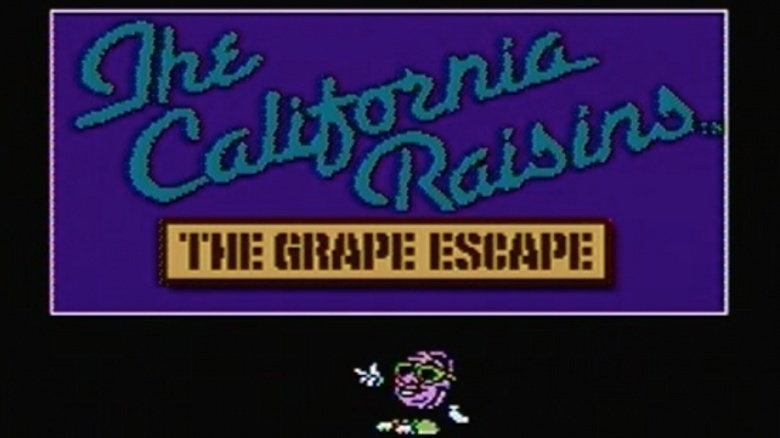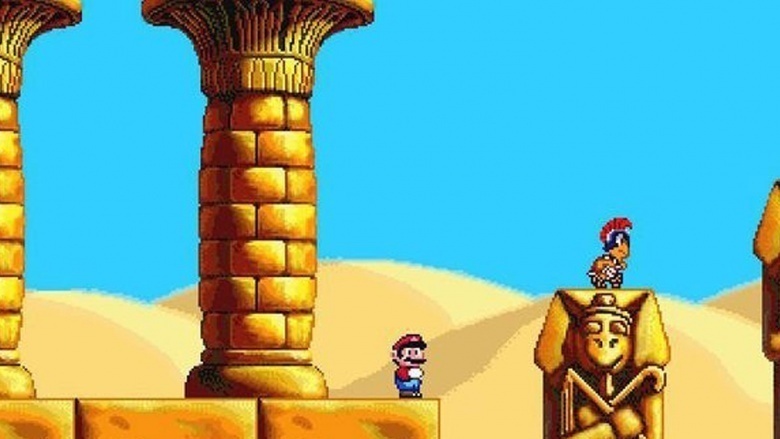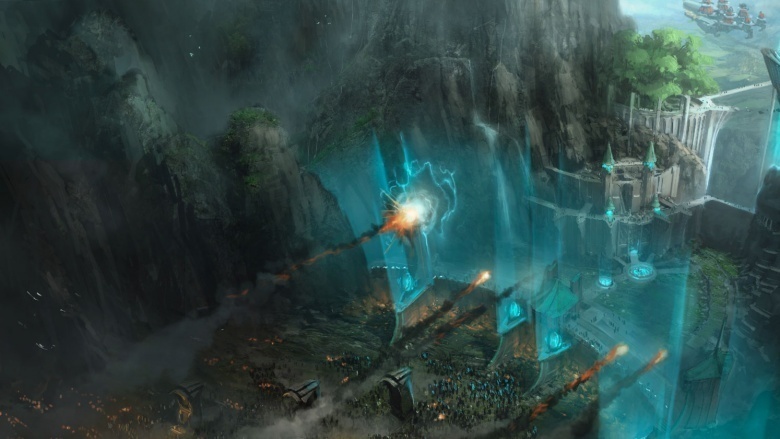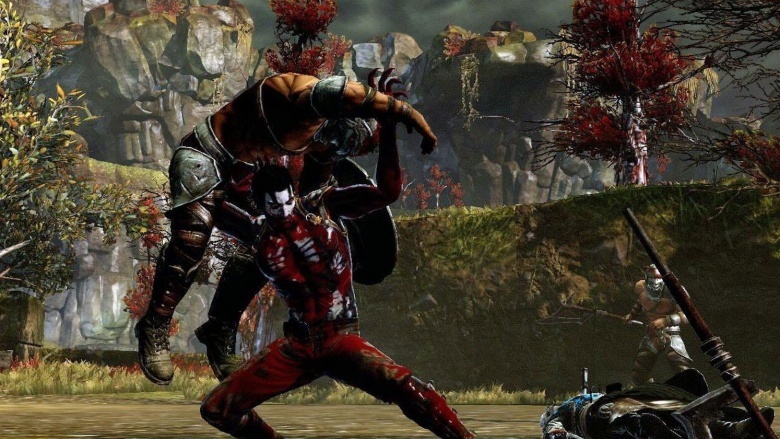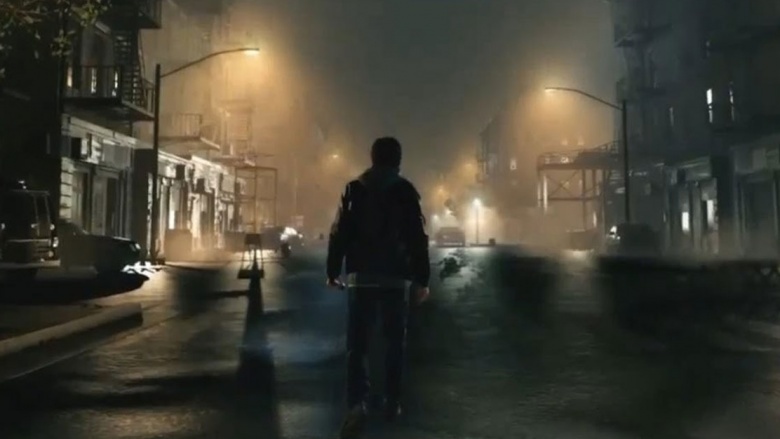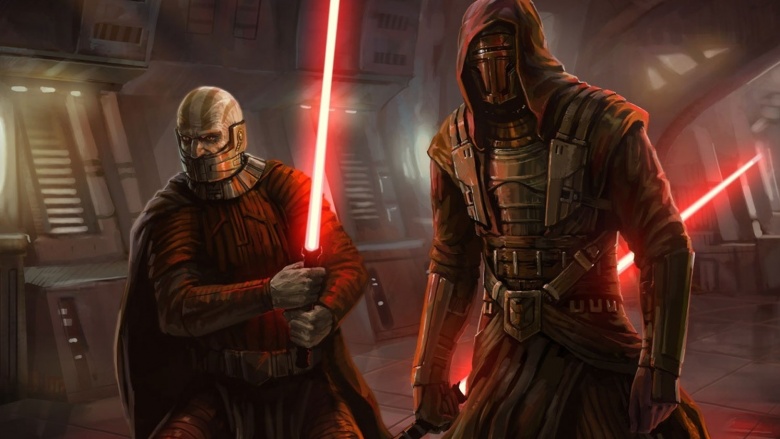Finished Games The Public May Never Get To See
The video game industry churns out a lot of product each year. Most of it gets released—which is the kind of the point of making games in the first place. But some titles never make it to store shelves or the download screen, and we're not talking vaporware or scrapped games, either. A lot of high-profile, eagerly anticipated games don't get finished. The following ones, by most accounts, were ready to go until they were pulled at the last minute.
Star Wars: Battlefront 3
In 2006, Free Radical Design announced it would develop a third entry in the extremely popular Star Wars: Battlefront series, and LucasArts soon confirmed it. But after two years of development, Free Radical unexpectedly announced it had lost the rights to Battlefront 3, even though the game was almost completely finished.
Bootlegs and gameplay footage that surfaced online suggest as much. So what happened? This was around the same time George Lucas sold the entire Star Wars operation to Disney, and LucasArts pulled the plug because the company didn't want to pour any more money into it. After the buyout, Disney shuttered the games division of LucasArts and absorbed it into its own gaming sectors.
Half-Life 3
You probably saw this one coming, but we had to do it. Because Valve can't count to three, one of the biggest heartbreakers on our list is Half-LIfe 3. The highly-anticipated third installment in the Half-Life series has been in development long enough to become the stuff of legend. In fact, the lack of Half-Life 3 announcements, screenshots, or news has produced a meme called "Half-Life 3 confirmed" in which people take innocuous facts and pretend they're really convoluted clues that lead to Half-Life 3's existence being confirmed. Here's hoping that one of those memes is eventually correct.
Star Fox 2
With the explosive success of Star Fox, Nintendo was quick to begin working on a sequel that used the same innovative graphics as the first. While the game was completed in Japan, an English translation was never made, and Nintendo abandoned the game in order to focus on a Nintendo 64 version. Nintendo eventually released Star Fox 64, but it dropped about 70 percent of the content from Star Fox 2. Instead, it used much of the SF2 engine for another popular title, Super Mario 64.
Star Wars 1313
Star Wars 1313, a title slightly better than Teenage Boba Fett's Boba-Follies, was a game in development at LucasArts when Disney bought the company and razed the legendary LucasArts to the ground. Announced in 2012, Star Wars 1313's gameplay had even been broadcast on SpikeTV, bringing fan excitement to a fever pitch. However, Disney canceled the game outright, reassigning its LucasArts resources into making Frozen, proving that Satan is alive and well and making his moves on Earth. The trademark for Star Wars 1313 has officially lapsed, though Boba Fett may rise again in a solo adventure.
StarCraft: Ghost
Now existing only in the form of a novel, StarCraft: Ghost was to bring the StarCraft franchise into third-person shooter territory. Announced in 2002, the game was delayed repeatedly, with Blizzard saying it was investigating newer consoles.
The game would have starred Nova, one of the characters from the StarCraft series, in a third-person shooter in which Nova would be able to use a variety of tools that would help conceal her movements as she snuck around levels and eliminated threats. It would have been super cool to sneak around like a knife in the dark with Nova, popping her cloaking device and using her thermal imaging goggles to spot baddies, but we'll have to make do with using her in Heroes of the Storm. Blizzard released gameplay screens and cinematics, but officially announced the game's cancellation in 2014. Now the game is more of a ghost than ever.
Mega Man Universe
Mega Man Universe was supposed to be like 2015's Super Mario Maker, in which players can create new levels from a library of pre-existing, beloved game elements and characters and share them online. Except this game was to revolve around Mega Man, and this was all the way back in 2011. If you think that the original Mega Man games were difficult, imagine playing levels created by the sadistic sociopaths who were forever damaged by the robot dragon guarding Dr. Wily's castle in Mega Man 2.
Developers were so finished with Mega Man Universe that advance copies were sent to critics for review and an animated trailer was released. But many said the game was ugly, and the controls were unresponsive and difficult to understand. Capcom delayed the release to redesign, but that proved too difficult. Mega Man creator Keiji Inafune left Capcom, and the temporary delay turned into an indefinite one. While many have expressed disappointment at the cancellation, the world has been spared unthinkable Mega-evils.
Thrill Kill
Paradox Development was set to release this fighting game in 1998, which wasn't long after the public outcry about realistic and graphic games like Mortal Kombat and Street Fighter 2. Thrill Kill was supposed to be even more unabashedly violent and gory. It was so nihilistic, it would've made Suicide Squad look like Yellow Submarine. Set in Hell, the game features eight doomed sinners, all fighting for a chance to be reborn and returned to Earth.
The stakes are high, and the weapons reflect that: one character can shove a cattle prod down an opponent's throat; another drinks blood from the severed head of a vanquished foe; and another can rip off an opponent's limb and beat him with it. Thrill Kill would've literally been a hard sell, as the ESRB gave it an AO ("Adults Only") rating, which would have essentially banned it from major retail outlets. Right before Thrill Kill was to hit shelves, EA bought Virgin Interactive (the publisher for Paradox), and the new bosses wanted to avoid controversy. They canceled the release before the ink on the contract dried.
Six Days in Fallujah
War and combat games are big business, but most revolve around conflicts that are either fictional (like the exploits of the space troops in Halo) or from long ago (like Call of Duty, set in World War II). So Atomic Games was in for a battle when developers set 2009's Six Days in Fallujah amid the ongoing U.S. military operation in Iraq. Specifically, Six Days in Fallujah used unflinching realism to depict the events of spring 2004, when Iraqi insurgents attacked a convoy of American troops in Fallujah, and four employees of Blackwater Security were killed and hung from a bridge.
Real-life American troops and their families protested the game, and one parent told the Daily Mail: 'These horrific events should be confined to the annuls of history, not trivialized and rendered for thrill-seekers to play out, over and over again." Just a month after Konami announced the game, they pulled out. The game was scrapped, but Atomic told Digital Spy it's "definitely not canceled."
Time Diver: Eon Man
Magazine publishers work with long lead times, often planning articles months before publication dates. But it's still weird that, in February of 1993, Nintendo Power published a strategy guide for the NES game Time Diver: Eon Man—a sequel to 1990's Wrath of the Black Manta. But Time Diver didn't come out that month...or ever. Reading that article, in fact, was the closest players came to this game about evil aliens and time travel. Your hero plays through a randomized series of time periods in order to save the flow of time from an evil organization. Despite the game being completed and playable, and even containing cheat codes, modern reviewers of the leaked ROMs have stated that the game is actually so terrible that it's probably good it doesn't officially exist.
Prey 2
While we still have a bit of hope for Beyond Good & Evil to make it out of development hell, we're here to pay our respects to Prey 2, a game that was being developed by Human Head Studios and was to be published by Bethesda before being canceled. The game, announced in March 2011, was supposed to star U.S. Marshal Killian Samuels and follow his adventures as a bounty hunter on a world called Exodus. Bethesda still wants to do something with the franchise, but we won't be seeing the fruits of Human Head Studios' labor. It's a shame, because we would have liked to have experienced life as a bounty hunter on Exodus and to have run into Tommy from the original Prey.
Agent
We all love Rockstar Games and the developer's amazing Grand Theft Auto series, but we're kind of peeved at the company for not releasing Agent yet. The game was announced in summer 2007 and we've yet to see a release date. Rockstar has confirmed, as of this writing, that Agent is still in development, but we're not holding our breath. We're jonesing to have this game because it will put us in a world of "counter-intelligence, espionage, and political assassinations" in the Cold War era. If that means we get to play the game version of The Man from U.N.C.L.E., then we need this to come out ASAP.
Project Titan
File this under another one of Blizzard Entertainment's canceled games. Project Titan was supposed to be a huge MMORPG in which players would take on mundane jobs during the day, such as an office worker, janitor, or chef, and then be called to action to fight for one of three warring factions at night. Players could either accept the call or continue working their mundane jobs (because who doesn't want to just push papers all day and avoid glorious combat?). The game was ultimately canceled, but it's been reported that a few of the assets made it into Overwatch, Blizzard's first-person shooter. In fact, there are enough similarities between both games that one could consider Titan to be sort of an Overwatch prototype.
LMNO
Announced by Electronic Arts in 2005, LMNO was notable for the involvement of Steven Spielberg, whose goal was to design an interactive movie capable of making the player feel stuff other than the desire to headshot opponents. A team-up RPG with a superpowered alien lady NPC, LMNO saw its team laid off in 2008 under undisclosed circumstances, though developers have hinted that Mirror's Edge, also in development at EA, was just a bit too similar and LMNO lost the battle between the two. At least we still have Steven Spielberg's Boom Blox.
B.C.
Set in prehistory, Peter Molyneux's B.C. would have featured brutal, bloody combat, enormous dinosaurs, a food chain, fully interactive environments, and a stunning animal AI. Though the game's demo was well underway in 2002 and gameplay screens were released to an eager audience, by 2004 the project had been suspended. Like so many other games Molyneux has over-promised and failed to deliver, B.C. proved to be too ambitious.
Drac's Night Out
Completed by Microsmiths and Parker Brothers in 1991, Drac's Night Out came so close to release that it even had box art, but doubts about the game's future sales prevented its publication. Drac even had last-minute sponsorship from the Reebok Pump, changing the game's tagline to the hilariously awful "The Game That Pumps You Up." Despite being locked in the vault, a ROM of the game has since leaked online, and hardcore retro gamers can find now-unauthorized copies of this game to play.
The California Raisins: The Grape Escape
The California Raisins were one of the biggest, most inexplicable fads of the '80s. Prompted by a series of commercials by the California Raisin Advisory Board, the anthropomorphic fruit showed up on a Saturday morning cartoon, TV specials, T-shirts, and toys. In 1991, Nintendo planned to release a video game for the NES called The Grape Escape (because they're raisins, get it?), but the company pulled it just weeks before release. It's never been made clear why, but it could be that the fad was basically dead by then. Or maybe Nintendo just didn't want to release an NES game with the Super Nintendo system hitting stores.
Super Mario's Wacky Worlds
After the success of 1990's Super Mario World on the SNES, Nintendo's partners at Philips were eager to capture some of that popularity for their CD-i platform. Developers NovaLogic began work on Super Mario's Wacky Worlds, intended as a successor to the SNES title but to be released exclusively for the Philips CD-i. As lead designer Silas Warner put it, "A Nintendo sales executive came up with the idea that maybe simple Nintendo titles could play on the CD-i. I suspect he was thinking of some kind of adapter to plug a Nintendo cartridge into a CD slot! But it set off a frantic race at Novalogic. The project was to put a popular Nintendo game, Super Mario World onto a CD-i disk."
Ultimately, the project only reached pre-alpha stage, with a prototype disc being presented to Nintendo executives in 1993. Warner added, "The effect was just what was expected. Nintendo marveled and applauded the marvelous job we had done in two weeks, then killed the idea. The CD-i wasn't selling." After falling sales and underwhelming performance in the console market, the CD-i platform was abandoned, and with it, the development of Super Mario's Wacky Worlds. Even though the game was never completed, a few copies of the prototype disc have circulated, with one selling on eBay for $1,000. One was released publicly as an ISO. You can watch gameplay on YouTube, or even download it yourself to give it a try.
Final Fantasy Fortress
Fortress was the working codename for an action role-playing game that was apparently a spinoff of Final Fantasy XII. Set in the Final Fantasy world of Ivalice a few years after the events of Revenant Wings, the plot revolves around a magical fortress intended to defend the realm from the mythical Sea King Loemund.
Development studio Grin worked on this game for several months, but reportedly didn't receive positive feedback from publisher Square Enix. After hearing negative comments about Fortress' Nordic-style artwork and subsequent revisions to that artwork, at one point Grin actually sent Square Enix a screenshot from Final Fantasy XII, which was met with the comment, "It does not look like Final Fantasy." According to Grin founders Ulf and Bo Andersson, "Then we realized that whatever we do... [Square Enix] have decided [not to complete the project]."
Additionally, Square Enix was apparently supposed to pay Grin $16.5 million for their development of the game—none of which was received by the development studio. Allegedly, this non-payment, combined with the commercial failure of other Grin-developed titles like Terminator Salvation, Wanted: Weapons of Fate, and Bionic Commando resulted in Grin shutting down in 2009, filing for bankruptcy. After that, development was reportedly moved to another studio—but the project was ultimately suspended for good by 2011.
inSANE
Conceptualized by film director Guillermo del Toro, inSANE was to be a survival horror video game, following in the footsteps of other successful titles in the genre. It was to be developed for Windows, Xbox 360 and the PS3. The first installment in what was to be a trilogy of inSANE games was scheduled to be released in 2013.
inSANE was announced in 2010 at the Spike Video Game Awards with a 30-second trailer, and del Toro was initially very enthusiastic about the games, saying, "With this new series of video games, I want to take players to a place they have never seen before, where every single action makes them question their own senses of morality and reality. THQ and Volition, Inc. are equally excited to make this vision of a completely new game universe into a reality."
After financial issues and the departure of THQ's vice president of core games Danny Bilson—who was heading up the project—THQ announced the cancellation of the game in 2012. While we likely will never see inSANE as a finished title, the intellectual property rights have reverted to del Toro, which means he could presumably do something with it again in the future.
Legacy of Kain: Dead Sun
Another cancelled Square Enix project, Legacy of Kain: Dead Sun was meant to be a spiritual successor of 1999's Legacy of Kain: Soul Reaver that featured elements inspired by The Legend of Zelda. With few links to past Legacy of Kain canon, it was essentially meant to be a reboot of the series. The game was to feature an open-world adventuring format, as well as a violent combat system, dungeons, boss encounters, and puzzles.
In 2009, Climax Studios—developers of the Silent Hill: Shattered Memories title—were brought on board to start production on Dead Sun. Rumors of the game's development started to swirl in 2011, when a survey was circulated to determine fans' preference for the name of a proposed new Legacy of Kain game. For unknown reasons, Square Enix cancelled the title in 2012, after much of the concept artwork and pre-production work was done. While you'll never get to play Dead Sun, some videos of gameplay mechanics and cinematic sequences have appeared online. If you'd like to check them out, we recommend this 30-minute video of HD footage from the game, currently on YouTube.
Silent Hills
Planned as the ninth installment in the Silent Hill series, Silent Hills was a psychological horror survival game developed by Hideo Kojima of Kojima Productions for PlayStation 4 in collaboration with Guillermo del Toro. American actor Norman Reedus of The Walking Dead was brought on board as a voice actor and to serve as the model for the appearance of the game's main protagonist.
In 2014, a demo of the game—P.T.—was released on the PlayStation Network. While not much gameplay was featured in the teaser, it proved popular, reportedly being downloaded over a million times. Despite that popularity, the Silent Hills project ultimately failed—through no real fault of its own. Kojima and Konami had a very public breakup in early 2015, with Kojima leaving the company following the completion of Metal Gear Solid 5. Ultimately, this proved to be the end of the Silent Hills project, with Konami confirming its cancellation later that spring.
KOTOR 3
Intended as a follow-up to Star Wars: Knights of the Old Republic II – The Sith Lords, this doomed sequel never really got off of the ground due to internal problems at LucasArts. Rumors of the spinoff to Sith Lords got going in 2007, with EA confirming development of a Knights of the Old Republic MMO at E3 2008. While very little information about the proposed KOTOR 3 was revealed, designer John Stafford confirmed that "we got quite a bit of traction ... we wrote a story, designed most of the environments/worlds, and many of the quests, characters, and items."
Chris Avellone, the former co-founder of Obsidian, revealed more details about the cancelled game at E3 2016, hinting that "The player would be following Revan's path into the Unknown Regions, and he goes very, very deep into the Unknown Regions and finds the outskirts of the real Sith Empire." If you'd like to feel even more depressed about the cancellation of what sounds like an awesome entry in the Star Wars game franchise, go check out the full interview here. In the meantime, we'll just be in the corner, weeping into our Corellian brandy.

